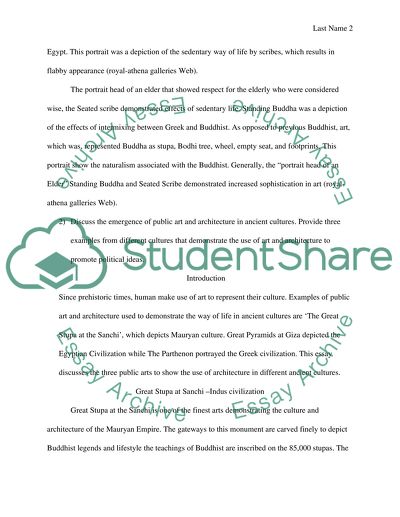Ancient cultures Essay Example | Topics and Well Written Essays - 750 words. Retrieved from https://studentshare.org/archaeology/1459215-ancient-cultures
Ancient Cultures Essay Example | Topics and Well Written Essays - 750 Words. https://studentshare.org/archaeology/1459215-ancient-cultures.


